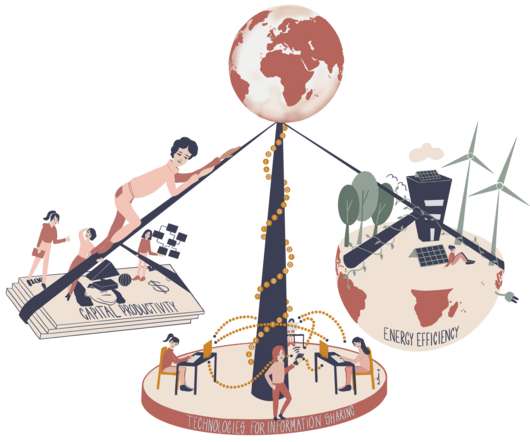100+ Supply Chain Crisis Statistics: Raw Materials, Covid-19, Labor Shortages, and More
ToolsGroup
APRIL 1, 2022
Thanks to container prices rising as much as 600%, money that could be used for advertising went to freight companies instead. Cotton production in India could dip 4% from 2021, down to 34 million bales in the 2021/2022 marketing year. At the end of 2021, ocean freight rates were more than three times what they were throughout 2020.
















Let's personalize your content